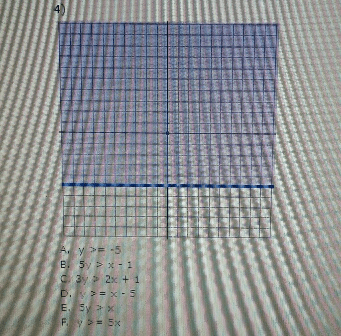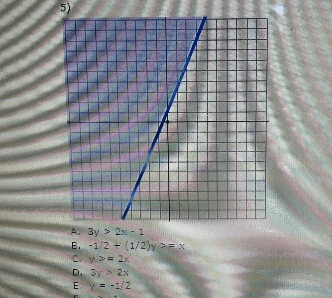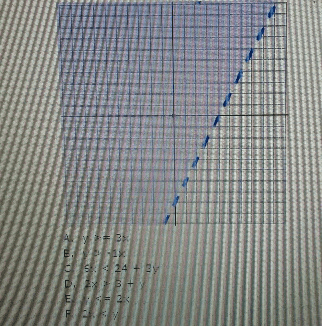MATH116 Lecture Notes - Lecture 13: Maxima And Minima, Asymptote, Opata Language
Document Summary
Solution: (i) (a) f(cid:48)(x) = 3 3x2 = 3(1 x2) = 3(1 x)(1 + x). We consider the intervals ( , 1), ( 1, 1), and (1, ). If x ( , 1), then f(cid:48)(x) < 0, so f is decreasing here. If x ( 1, 1), then f(cid:48)(x) > 0, so f is increasing here. If x (1, ), then f(cid:48)(x) < 0, so f is decreasing here. As well, we can include the endpoints, since the de nition allows for a nite number of points where the derivative is equal to zero. In this case, we can say: f is decreasing on ( , 1] [1, ), and f is increasing on [ 1, 1]. (i) (b) from (a), we know there is a local minimum at x = 1. The local minimum value is f ( 1) = 2 + 3( 1) ( 1)3 = 2 3 + 1 = 0.




